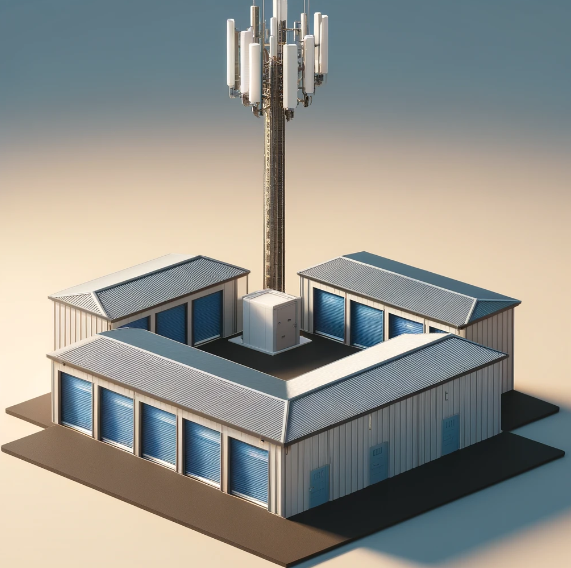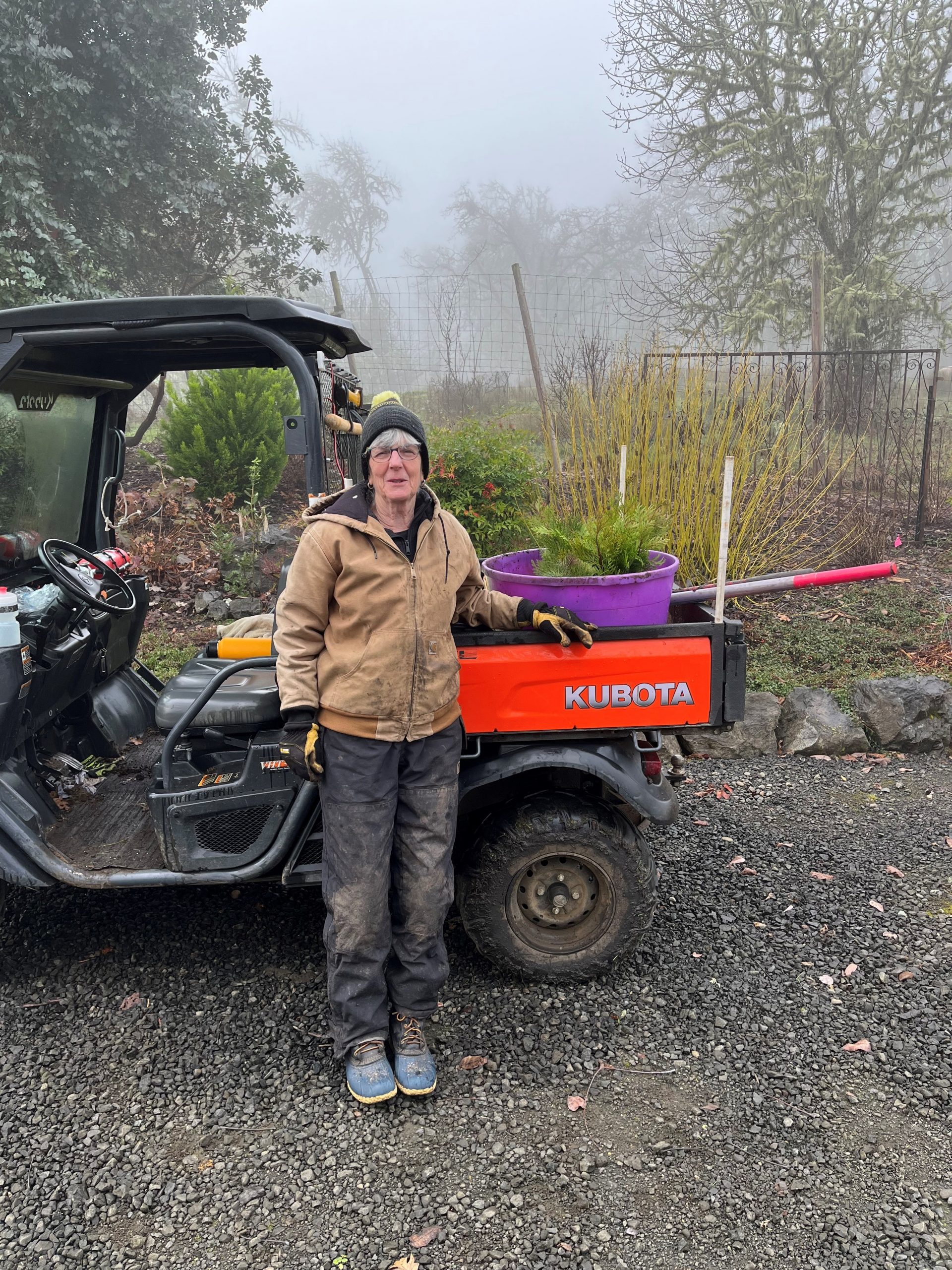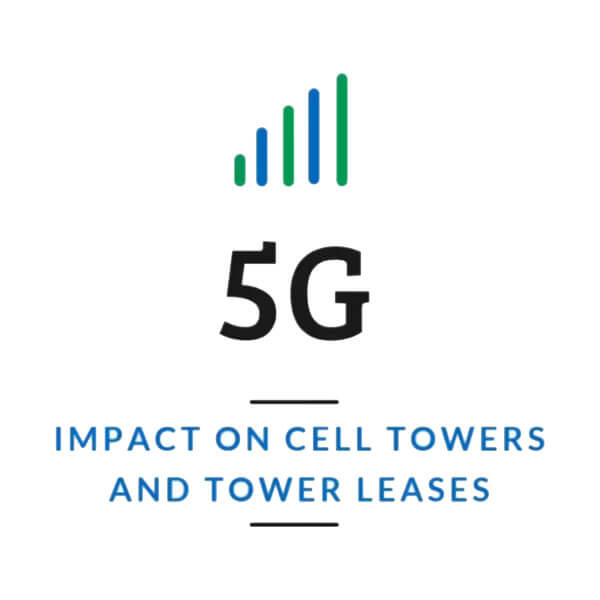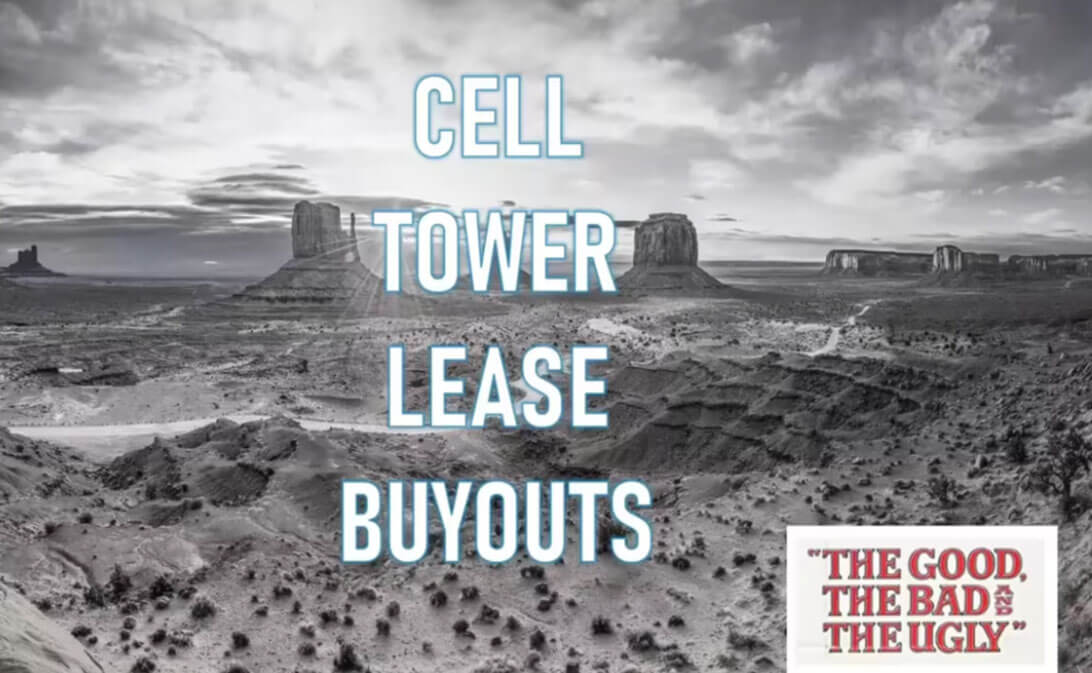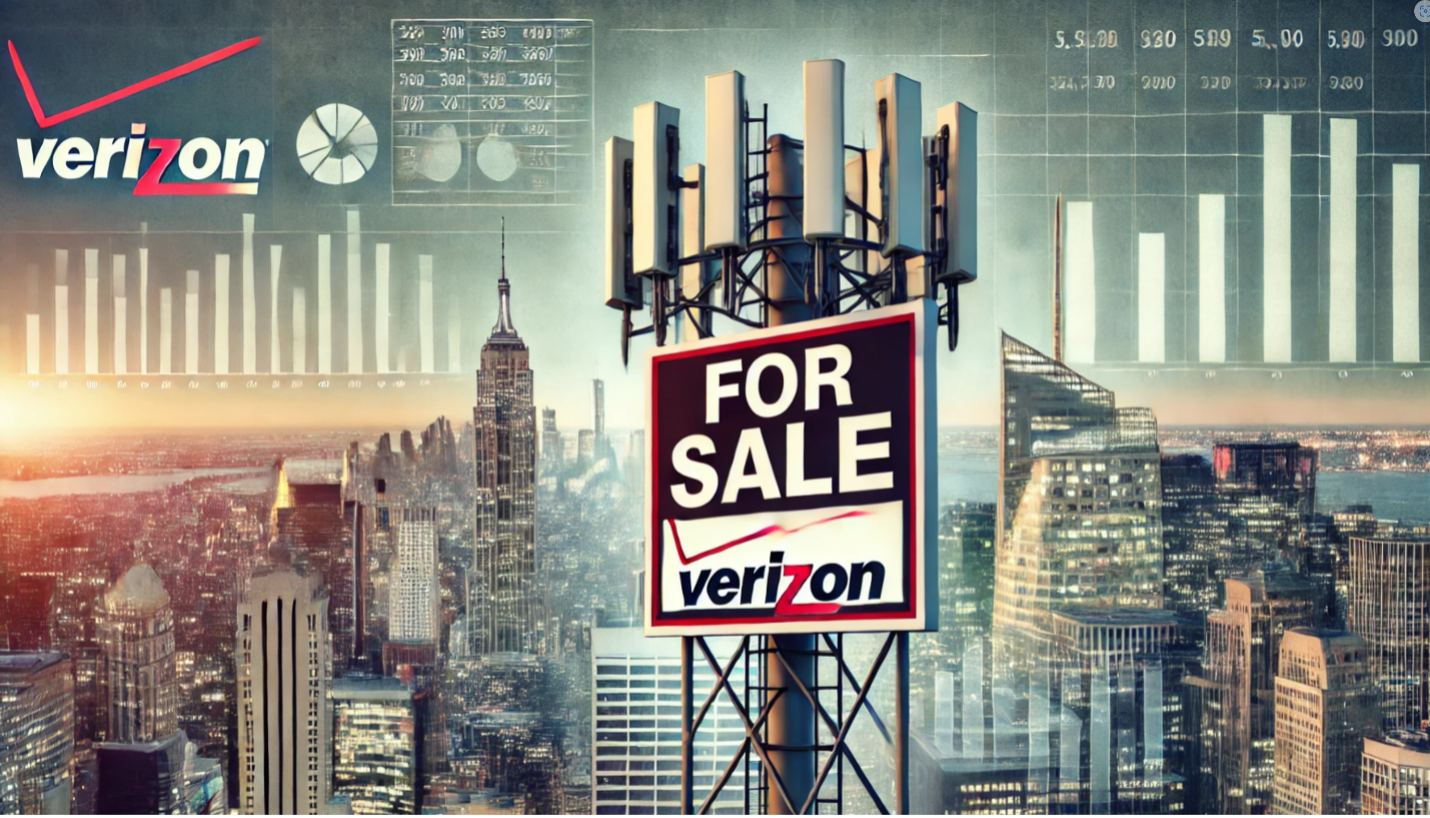7 Steps To Get A Cell Tower On Your Property
Here Is What We Cannot Help You With:
Getting a cell tower on your property – unless you have already been contacted by a wireless carrier or tower company who has expressed explicit interest in leasing a parcel of your land.
Marketing your cell tower or cell site to carriers – because you think it’s valuable and would make a good location for a cell site.
If You Want To Try Yourself To Get A Tower On Your Property- Continue Reading.
Steel in the Air is regularly approached by landowners who are interested in entering into a cell tower lease agreement with wireless carriers as tenants. We are often asked “How can I get a cell tower on my property?” and the answer we give is always the same: You can’t convince wireless carriers to build a tower on your land unless it fits into their pre-existing network infrastructure plans; and, if it did, you would probably already know about it. But even after saying that, we still hear pleas, such as: “But my land is ideal! It’s the highest parcel within 20 miles, and the coverage is horrible here.” We’ve created this page, specifically for anyone in the situation described above.
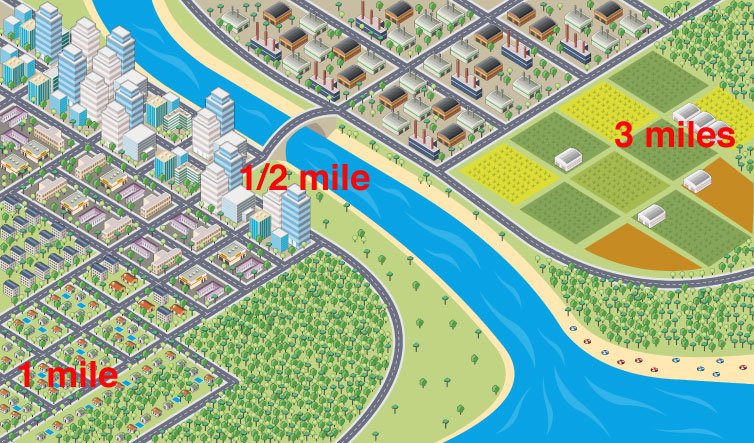
Step 1. Look For Other Cell Towers Within:
- 3 miles – if rural
- 1 mile – if suburban
- ½ mile – if urban
If you discover that there is a tower or other structure hosting cell sites (such as a rooftop) within the distances above, we recommend that you do not waste time moving forward. The probability is very low that a wireless carrier would opt to build an entirely new tower on your property, instead of utilizing the structure that you’ve identified. If there are no other cell towers or host structures located in the ranges mentioned above, continue on to step two.
Step 2. Research Local Zoning Codes For Cell Tower Requirements.
The goal here is to understand the rules for new cell tower locations in your community. Finding out is fairly easy: Simply call your city/county zoning office and ask about the requirements/prohibitions for a cell tower on your land – specifically on your land. You may be directed to a zoning map of your area, which shows zoning codes for the entire city or county. It’s possible that your property is zoned in a way that prohibits cell tower builds – in which case, you can stop here. Generally speaking, towers are not allowed in residential zones (or even near residential property); they are typically zoned for construction in commercial or industrial areas. On the other end of the spectrum, if there are no prohibitions on cell tower locations and they could, in fact, be placed anywhere with ease, then the “uniqueness factor” of your land decreases significantly, since any interested wireless carrier could just as easily build on your neighbor’s property as on yours. An ideal situation that would improve your chances is: your property is zoned industrial, and all nearby properties are residential. The least advantageous situation for determining a cell tower location would be that your property is zoned residential and nearby properties are industrial.
One final tip: Don’t forget to consider “setbacks.” Many zoning ordinances require that all towers be constructed a certain distance away from nearby properties, typically the same distance as the height of the tower. If your property can’t meet these setbacks, the wireless carriers will rarely be interested in using your property.
Example: The City Of Brea Zoning Map
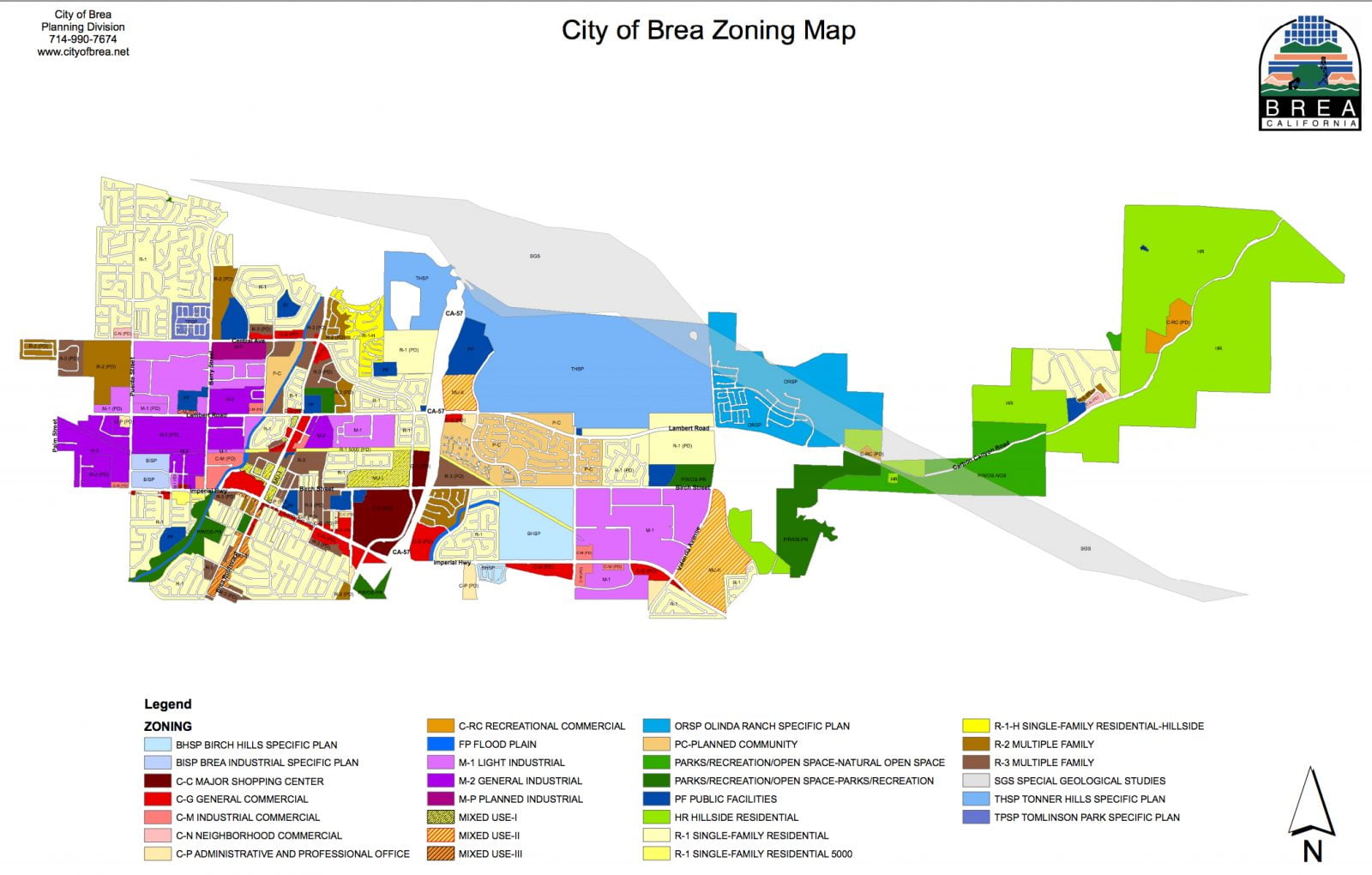
Step 3. Check Coverage Maps To Determine Whether There Is A Need For A Cell Tower At Your Location.
To do this, you can check individual wireless service providers’ coverage maps by visiting their websites. Coverage maps for the Big Four (now Big Three) Wireless Carriers are:
AT&T – http://goo.gl/ufIlwz
Sprint – http://goo.gl/V65UE0
T-Mobile – http://goo.gl/mx4hlO
Verizon – http://goo.gl/yWD7bs(Scroll down once you go to this page)
How Do You Read A Coverage Map?
Carrier Coverage Map: Darkest areas = best coverage; White areas = No coverage

If you see solid color bars on each of the pages (encompassing data and voice), chances are quite high that a new cell tower is not needed. If coverage gaps are shown (lighter areas) within ½ mile of your property, your land might be worthwhile to wireless service providers as a new cell tower location.
Step 4. Put A Sign On Your Property Indicating That You Are Interested In Leasing Land For A Tower.
Assuming that you have made it through the first three steps and have confirmed that your property is possibly viable, the next step is a simple one, but the most likely to work. Advertise your property the old-fashioned way – by hoisting a sign offering it up for lease. The sign should be facing the highest traffic thoroughfare where site acquisition agents who are looking for a cell tower location in the area are most likely to find it. The sign doesn’t have to be large or expensive, just easy to read and including your contact info. The easier you are to find, the more probable that a site acquisition agent will contact you before your neighbors. However, do not expect that this will immediately yield inquiries; it will likely take years before you are contacted by an agent if you are contacted at all.
Step 5.submit Your Property To The Wireless Carriers And Tower Companies Via Their Websites For Consideration
We know of very few occasions where this actually makes a difference, but it’s worth being thorough! To submit your property for cell site builds, you will need the following information:
1. Your address and the size of your parcel.
2. Latitude and longitude coordinates
3. Zoning classification of your parcel (from step 2 above)
4. Distance from major roadways
5. Your contact information
Once you have this information, you are ready to submit your land for consideration as a new cell tower location. We’ve gathered some websites below for your convenience.
Wireless Companies
a). AT&T Raw Land Proposal – You can submit your property to AT&T for consideration via the portal. Due to the volume of unsolicited offers for land and leasing each month, they are unable to respond to all requests. You will only be contacted by them if your land/building or site meets the requirements of AT&T’s radio frequency engineering needs and coverage studies.
b). T-Mobile- Submit a Site – How T-Mobile Works
c). Verizon- Verizon Real Estate Inquiry Form
Tower Companies
As a side note, we’re often asked why landowners can’t simply call the wireless carriers directly rather than going through these forms. The answer is, the wireless carriers have created these forms to avoid filtering through calls such as these, and no matter how hard you try, you will not reach a person who can actually make a decision about your proposed cell tower location. They don’t need to know that property exists where a tower can be built on it.
Only in extremely rare cases will wireless carriers immediately respond to your inquiries. It’s far more likely that your parcel will be added to their “friendlies” database, and if they determine they need a site in the area in the future,
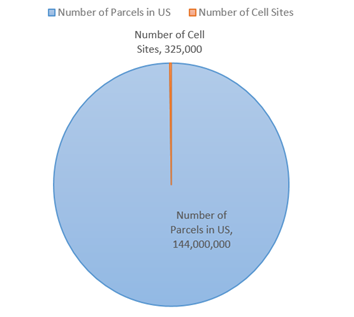
they will reach out to you at that time. We can assure you that submitting your parcel multiple times will be of no benefit whatsoever.
Doing so won’t make your property more desirable or increase the likelihood that it will be selected as a potential cell tower location. There are over 144 million private parcels in the United States, while there are only 325,000 cell sites, many of which are collocated on the same parcel with other cell sites. Accordingly, less than .2% (2/10ths of 1 percent) of private properties in the US house a cell site. We should also say that out of all the thousands of people who have offered their property up to the WSPs using similar steps through our website, only 2 have ever let us know that they were successful in finding interest.
Step 7. If You Are One Of The Lucky Ones, Let Us Know!
If you’ve successfully turned your home into a cell tower property, we want to know! We can help you determine the appropriate fair market value and other business terms for any cell site lease agreement. We recommend that you find out whether the interested WSP or tower company is seriously interested as opposed to “land-banking” the site for speculation or future cell tower development. Either way, we recommend proceeding – just be aware that if they are land-banking, you may never see any income from the lease.
Factors That Wireless Carriers Consider When Choosing Cell Site Locations
- Distance to Adjacent Towers: If existing cell phone towers are within one mile of your location, chances are slim another will be built. Local zoning jurisdictions require use of existing towers first. If there are no towers nearby, then your property is more desirable.
- Dense Population or High Traffic Counts: If your location is surrounded by either an urban or suburban population or near roadways with high traffic counts, your property may be more desirable. If you are in a rural area and are not within 1/2 mile of a major highway or a town with a population of 2,000 or more, you probably won’t get a cell phone tower on your property.
- Zoning: Many jurisdictions (counties, towns, cities) have zoning ordinances that allow communication towers. If your property is an industrial parcel surrounded by residential property, the likelihood that a wireless carrier could use your property increases. Likewise, if you have a residentially zoned property surrounded by industrial property, the likelihood decreases. Contact your local planning, zoning, or community development office first to find out if your property even meets the requirements.
Please Do Not Contact Us For Help On Getting A Tower On Your Property: There Is Nothing We Can Do Besides Provide The Information Above. Once You Have Been Contacted By A Wireless Carrier And Are Ready To Negotiate, Do Let Us Know!

Step 1. Look For Other Cell Towers Within:
- 3 miles – if rural
- 1 mile – if suburban
- ½ mile – if urban
If you discover that there is a tower or other structure hosting cell sites (such as a rooftop) within the distances above, we recommend that you do not waste time moving forward. The probability is very low that a wireless carrier would opt to build an entirely new tower on your property, instead of utilizing the structure that you’ve identified. If there are no other cell towers or host structures located in the ranges mentioned above, continue on to step two.
Step 2. Research Local Zoning Codes For Cell Tower Requirements.
The goal here is to understand the rules for new cell tower locations in your community. Finding out is fairly easy: Simply call your city/county zoning office and ask about the requirements/prohibitions for a cell tower on your land – specifically on your land. You may be directed to a zoning map of your area, which shows zoning codes for the entire city or county. It’s possible that your property is zoned in a way that prohibits cell tower builds – in which case, you can stop here. Generally speaking, towers are not allowed in residential zones (or even near residential property); they are typically zoned for construction in commercial or industrial areas. On the other end of the spectrum, if there are no prohibitions on cell tower locations and they could, in fact, be placed anywhere with ease, then the “uniqueness factor” of your land decreases significantly, since any interested wireless carrier could just as easily build on your neighbor’s property as on yours. An ideal situation that would improve your chances is: your property is zoned industrial, and all nearby properties are residential. The least advantageous situation for determining a cell tower location would be that your property is zoned residential and nearby properties are industrial.
One final tip: Don’t forget to consider “setbacks.” Many zoning ordinances require that all towers be constructed a certain distance away from nearby properties, typically the same distance as the height of the tower. If your property can’t meet these setbacks, the wireless carriers will rarely be interested in using your property.
Example: The City Of Brea Zoning Map

Step 3. Check Coverage Maps To Determine Whether There Is A Need For A Cell Tower At Your Location.
To do this, you can check individual wireless service providers’ coverage maps by visiting their websites. Coverage maps for the Big Four (now Big Three) Wireless Carriers are:
AT&T – http://goo.gl/ufIlwz
Sprint – http://goo.gl/V65UE0
T-Mobile – http://goo.gl/mx4hlO
Verizon – http://goo.gl/yWD7bs(Scroll down once you go to this page)
How Do You Read A Coverage Map?
Carrier Coverage Map: Darkest areas = best coverage; White areas = No coverage

If you see solid color bars on each of the pages (encompassing data and voice), chances are quite high that a new cell tower is not needed. If coverage gaps are shown (lighter areas) within ½ mile of your property, your land might be worthwhile to wireless service providers as a new cell tower location.
Step 4. Put A Sign On Your Property Indicating That You Are Interested In Leasing Land For A Tower.
Assuming that you have made it through the first three steps and have confirmed that your property is possibly viable, the next step is a simple one, but the most likely to work. Advertise your property the old-fashioned way – by hoisting a sign offering it up for lease. The sign should be facing the highest traffic thoroughfare where site acquisition agents who are looking for a cell tower location in the area are most likely to find it. The sign doesn’t have to be large or expensive, just easy to read and including your contact info. The easier you are to find, the more probable that a site acquisition agent will contact you before your neighbors. However, do not expect that this will immediately yield inquiries; it will likely take years before you are contacted by an agent if you are contacted at all.
Step 5.submit Your Property To The Wireless Carriers And Tower Companies Via Their Websites For Consideration
We know of very few occasions where this actually makes a difference, but it’s worth being thorough! To submit your property for cell site builds, you will need the following information:
1. Your address and the size of your parcel.
2. Latitude and longitude coordinates (you can find them easily here: https://getlatlong.net/)
3. Zoning classification of your parcel (from step 2 above)
4. Distance from major roadways
5. Your contact information
Once you have this information, you are ready to submit your land for consideration as a new cell tower location. We’ve gathered some websites below for your convenience.
Wireless Companies
Sample Letter to AT&T – download
US Cellular – mail info to ATTN: Friendlies Administrator/ 5117 W Terrace Drive/ Madison, WI 53718
Tower Companies
As a side note, we’re often asked why landowners can’t simply call the wireless carriers directly rather than going through these forms. The answer is, the wireless carriers have created these forms to avoid filtering through calls such as these, and no matter how hard you try, you will not reach a person who can actually make a decision about your proposed cell tower location. They don’t need to know that property exists where a tower can be built on it.
Only in extremely rare cases will wireless carriers immediately respond to your inquiries. It’s far more likely that your parcel will be added to their “friendlies” database, and if they determine they need a site in the area in the future,

they will reach out to you at that time. We can assure you that submitting your parcel multiple times will be of no benefit whatsoever.
Doing so won’t make your property more desirable or increase the likelihood that it will be selected as a potential cell tower location. There are over 144 million private parcels in the United States, while there are only 325,000 cell sites, many of which are collocated on the same parcel with other cell sites. Accordingly, less than .2% (2/10ths of 1 percent) of private properties in the US house a cell site. We should also say that out of all the thousands of people who have offered their property up to the WSPs using similar steps through our website, only 2 have ever let us know that they were successful in finding interest.
Step 7. If You Are One Of The Lucky Ones, Let Us Know!
If you’ve successfully turned your home into a cell tower property, we want to know! We can help you determine the appropriate fair market value and other business terms for any cell site lease agreement. We recommend that you find out whether the interested WSP or tower company is seriously interested as opposed to “land-banking” the site for speculation or future cell tower development. Either way, we recommend proceeding – just be aware that if they are land-banking, you may never see any income from the lease.
Factors That Wireless Carriers Consider When Choosing Cell Site Locations
- Distance to Adjacent Towers: If existing cell phone towers are within one mile of your location, chances are slim another will be built. Local zoning jurisdictions require use of existing towers first. If there are no towers nearby, then your property is more desirable.
- Dense Population or High Traffic Counts: If your location is surrounded by either an urban or suburban population or near roadways with high traffic counts, your property may be more desirable. If you are in a rural area and are not within 1/2 mile of a major highway or a town with a population of 2,000 or more, you probably won’t get a cell phone tower on your property.
- Zoning: Many jurisdictions (counties, towns, cities) have zoning ordinances that allow communication towers. If your property is an industrial parcel surrounded by residential property, the likelihood that a wireless carrier could use your property increases. Likewise, if you have a residentially zoned property surrounded by industrial property, the likelihood decreases. Contact your local planning, zoning, or community development office first to find out if your property even meets the requirements.

